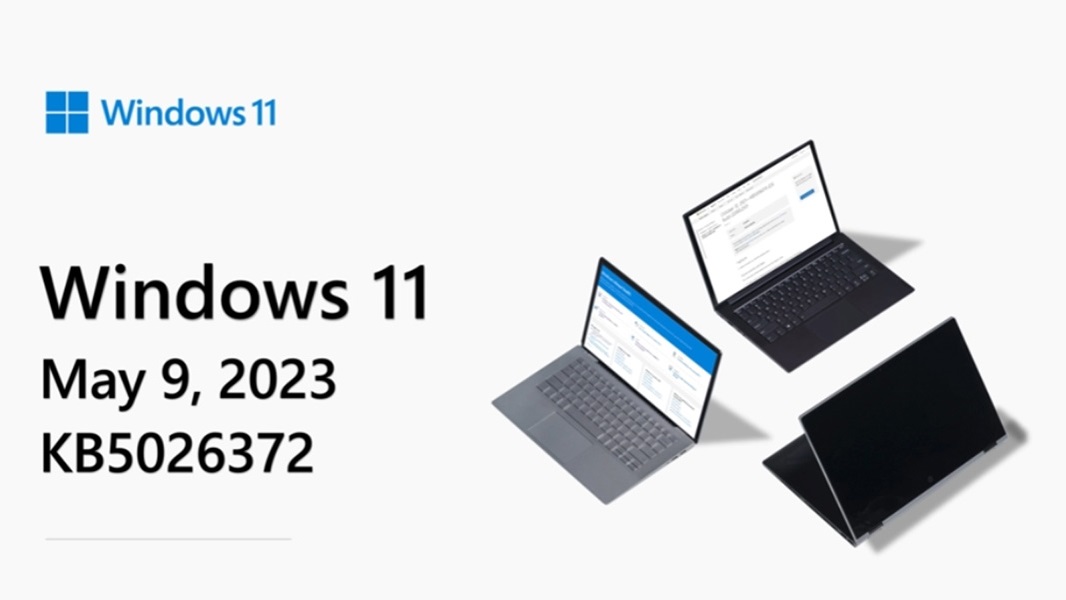Patch Tuesday Arrives, Brings One New Windows 11 Feature
- Paul Thurrott
- May 09, 2023
-
12

It’s Patch Tuesday, and you know what that means, Week B fans: it’s time for the stable release of the new features Microsoft previewed two weeks ago. Or, in this case, feature, since we’re only getting one new functional update this time.
“This update adds a new toggle control on the Settings > Windows Update page,” Microsoft explains in the release notes for KB5026372. “When you turn it on, we will prioritize your device to get the latest non-security updates and enhancements when they are available for your device. For managed devices, the toggle is disabled by default.”
Windows Intelligence In Your Inbox
Sign up for our new free newsletter to get three time-saving tips each Friday — and get free copies of Paul Thurrott's Windows 11 and Windows 10 Field Guides (normally $9.99) as a special welcome gift!
"*" indicates required fields
So, big deal, right? It’s just one new toggle in the Settings app. But here’s the thing. When this feature debuted two weeks ago in preview form, it wasn’t really clear what Microsoft was doing. After all, prioritizing your PC to get the latest non-security updates, fixes, improvements, and enhancements as soon as possible doesn’t sound like a big deal. It’s just another cog in the flywheel that is what Microsoft calls “continuous innovation.”
But as I eventually figured out, that’s not what this is. Instead, Microsoft is using a technology called Controlled Feature Rollout (CFR) to push non-tested new features to mainstream users in Windows 11 stable. It is skipping the Windows Insider Program and using its normal customers as guinea pigs. And it’s secretly been doing so for months: the Search pill that mysteriously started appearing on some Windows 11 PCs last November was an early probe in this campaign.
Now, you may still argue this is no big deal: after all, the toggle is disabled by default for managed devices. And it’s a toggle, so even if it is enabled, you can disable it.
And that’s true. It’s also not the problem.
The problem is that Microsoft is introducing new, untested features into stable when it has a formal process for testing them first in the Windows Insider Program. Rushing something to market may be required in some cases—like a security issue—but there’s no justifiable reason to introduce potentially unstable code into Windows before it’s been broadly tested by the people who agreed to do that testing in the first place. But even those who do opt-in to CFRs via the new toggle aren’t doing that: Microsoft does not explain clearly what that toggle does.
But this is the new world we live in. It’s also just one of several ways in which Microsoft continues to undermine the Windows user experience: this company is also bringing ads to the Start menu and Settings app, for example.